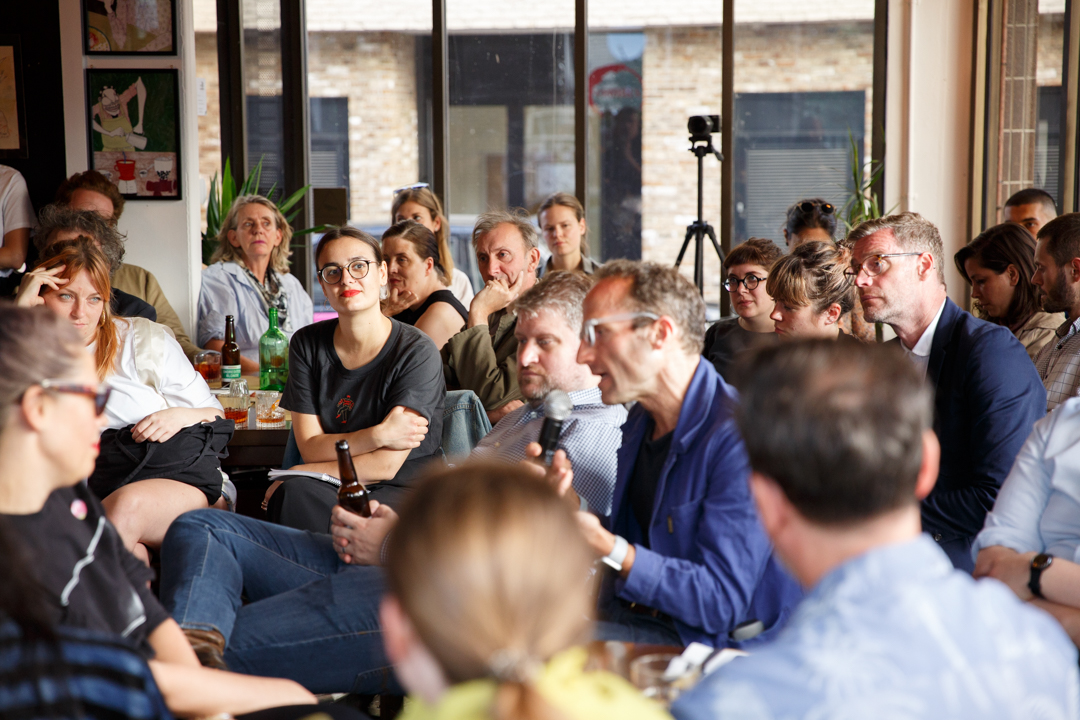- Jamie Sherman is a partner at Kingston Smith. Kingston Smith’s origins go back 95 years and many of our client relationships span decades. Our partners have unparalleled knowledge of compliance needs, international and UK accounting standards (IFRS and FRS102) and SRA Account Rules, as well as general tax planning and financial management. Beyond these essentials is our added value – the business and strategic advisory support we offer in growth, international expansion, profit sharing, employee incentives, and mergers and acquisitions.

Having attended the 2019 London Festival of Architecture Press Launch recently (with the pleasure of boarding a Thames Clipper service for a trip along the Thames), it seems the LFA team has once again gone all out to deliver a bigger and better festival than ever before. The month of June certainly promises to be busy for all involved in architecture in London and we are once again excited to be benefactors of the festival.
And what a great theme they’ve chosen this year; ‘Boundaries’ can mean many things to people and the programme of events showcases this. From geographic boundaries and borders, to boundaries of diversity in the profession, the events will no doubt cater for all.
Throughout 2018/19, our clients have seen many boundaries affecting their practice. Be it around the level of competition in the industry, attracting and retaining exceptional talent or planning restrictions curtailing their creative ideas, boundaries have made the environment a tough one. While design remains at the forefront of all projects, architects have had to have more of an eye on profitability and pricing has become more of a challenge.
We have successfully helped practices to improve their conversion rates when entering competitions or tendering for new projects. This has the knock-on effect of improving morale and engagement within the practice, making the working environment a vibrant and enjoyable one. We will continue to work with all our clients to break down as many of the boundaries affecting the success of their practice as possible.
There are some excellent events in the programme with some highlights including the tour of Her Majesty’s Theatre and the Architect Pitch event, as well as an array of studio lates showcasing the work of many London practices. The Home Sweet Home Pop Up hosted by TP Bennett certainly sounds intriguing. Add to this other highlights like the Dulwich Pavilion exhibition and the insightful negroni talks, it promises to be an excellent festival.
We look forward to seeing you there!
; ?>)






















